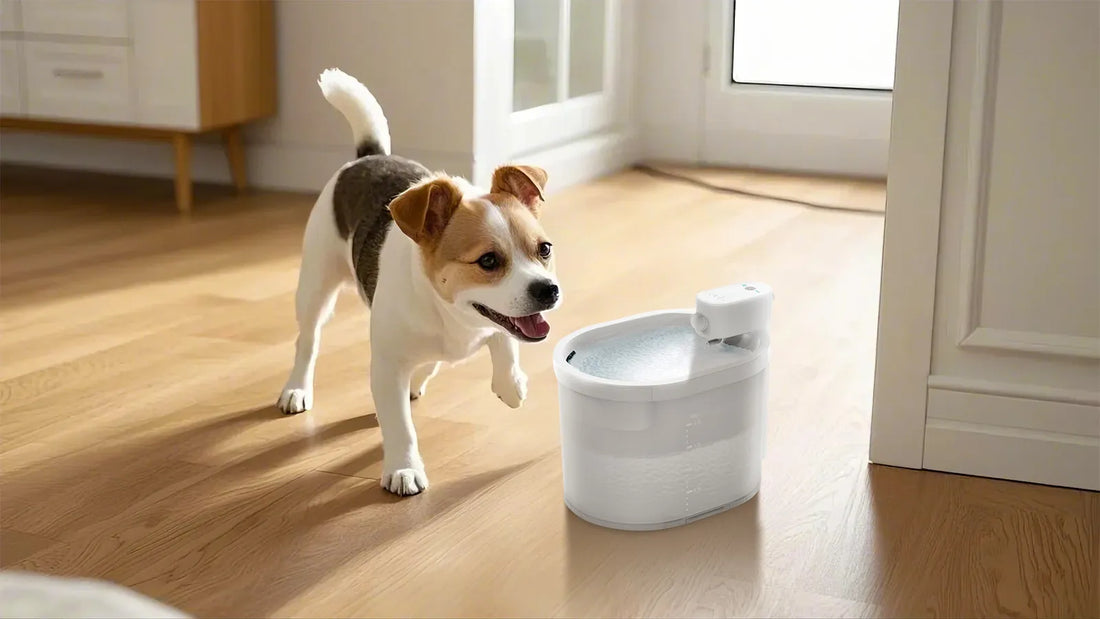When your cat is sick, ensuring they stay hydrated is crucial for their recovery. Cats are naturally finicky drinkers, and illness can make them even more reluctant to consume water. This guide will walk you through practical steps to encourage your feline friend to drink water when they are unwell.
Understanding the Importance of Hydration
Water is essential for all living beings, and cats are no exception. Proper hydration helps maintain vital bodily functions, including digestion, circulation, and temperature regulation. When a cat is sick, their body may require even more water to fight off infections and recover from illness. Dehydration can exacerbate their condition, making it imperative to ensure they drink enough water.
Signs Your Cat May Be Dehydrated
Before diving into solutions, it's important to recognize the signs of dehydration in cats. Common symptoms include lethargy, dry gums, sunken eyes, and reduced skin elasticity. If you suspect your cat is dehydrated, consult your veterinarian immediately. Early intervention can prevent complications and speed up recovery.
Creating a Comfortable Environment
Cats are sensitive creatures, and their environment plays a significant role in their behavior. When your cat is sick, ensure they have a quiet, comfortable space to rest. Place their water bowl in an easily accessible location, away from their litter box and food. Cats prefer clean, fresh water, so make sure to change it frequently.
Experimenting with Different Water Bowls
The type of bowl you use can influence your cat's drinking habits. Some cats prefer shallow bowls, while others may favor deeper ones. Stainless steel or ceramic bowls are often recommended over plastic, as they are easier to clean and less likely to harbor bacteria. Additionally, consider the size of the bowl; a larger bowl may encourage your cat to drink more.
Enhancing the Taste of Water
If your cat is reluctant to drink plain water, try enhancing its taste. Adding a small amount of low-sodium chicken broth or tuna juice can make the water more appealing. Ensure the additives are safe for feline consumption and do not contain any harmful ingredients. Always consult your veterinarian before introducing new elements to your cat's diet.
Using a Water Fountain
Many cats are attracted to running water, as it mimics the fresh streams they would encounter in the wild. Investing in a cat water fountain can encourage your pet to drink more. The continuous flow of water not only keeps it fresh but also provides an engaging drinking experience for your cat.
Offering Wet Food
Wet food contains a higher moisture content than dry kibble, making it an excellent option for sick cats. If your cat is not drinking enough water, consider incorporating more wet food into their diet. This can help supplement their water intake and ensure they stay hydrated. Be sure to choose high-quality wet food that meets your cat's nutritional needs.
Monitoring Water Intake
Keeping track of how much water your cat is consuming can help you gauge their hydration levels. Measure the amount of water you place in their bowl and check how much is left at the end of the day. If you notice a significant decrease in their water intake, it may be time to try alternative methods or consult your veterinarian.
Encouraging Play and Activity
While it may seem counterintuitive, encouraging your cat to engage in light play can stimulate their thirst. Gentle activities can help distract them from their illness and prompt them to drink water afterward. Be mindful of your cat's energy levels and avoid overexertion.
Consulting Your Veterinarian
If your cat continues to refuse water despite your efforts, it's essential to seek professional advice. Your veterinarian can assess your cat's condition and recommend appropriate treatments. In some cases, they may suggest administering fluids subcutaneously or intravenously to ensure your cat stays hydrated.
Helping your sick cat stay hydrated can be challenging, but with patience and the right strategies, you can make a significant difference in their recovery. By understanding their needs and preferences, you can create an environment that encourages them to drink water and regain their health.













